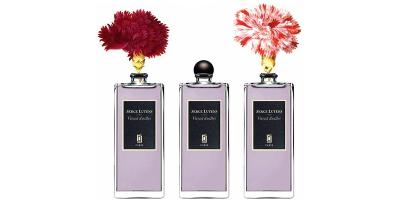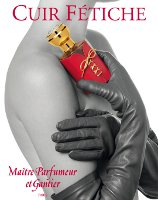
The perfume world is fickle. Though some perfume notes are perennial favorites — bergamot, sandalwood, and petitgrain come to mind — other ingredients become “problematic” over time. Once, Calone was all the rage…then, one day, perhaps due to overuse or a style shift in perfumery, Calone smelled dated. Not that long ago, rose-rich perfumes were considered passé. (Alongside antiquated rose were the scents of oak moss and carnation — suffering not only from associations with old times and ‘old folks,’ but difficult to work with, or re-create, due to IFRA restrictions.) Then, rose had a renaissance, a facelift, an attitude adjustment, and became “young” again, and is used in all manner of mainstream and niche perfumes, including men’s fragrances. Oak moss and carnation are still waiting for their rejuvenation treatments.
So, how do you “update” a dated aroma? How do you transform old-fashioned carnation, that much-maligned flower, associated with death, bad luck and bad taste, into something modern, edgy and desirable? One way would be to make carnation brazen: accent every facet of its scent, amplify its impact with newer, unusual perfume materials, make it bloom in a new way. Another tactic is familiar from the world of food…

